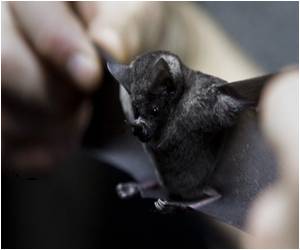
The bats had managed to survive the white-nose fungus that had killed millions of other bats hibernating in caves, mostly in the Northeast. But they had succumbed to something else that had left their tiny corpses in tatters, their wings scorched and pocked with holes.
While studying these bats Meteyer had stumbled upon a phenomenon never before seen in mammals in the wild.
In the struggle to fight off the fungus that causes white-nose syndrome, the bats were killed by their own hyperaggressive immune systems.
A similar finding had been observed only once before - in people with AIDS.
Now scientists hope studying the immunology of bats might help in the development of treatments for AIDS, Washington post reported.
Advertisement
When bats hibernate in winter, their heart rates slow and their immune systems all but shut down, making them vulnerable to the cave-dwelling fungus Geomyces destructans that causes white-nose and eats away skin, connective tissue and muscle.
Advertisement
"It's not natural. It's cellular suicide. It comes out in a huge wave, going out to those areas of infection and kills everything," said Meteyer, who was a veterinary pathologist for the USGS in Madison, Wis., at the time of her discovery but now is the deputy coordinator for contaminant biology for the agency in Reston.
For AIDS patients, the immune-system syndrome plays out differently. After antiretroviral treatment improves patients' health, their restored immune systems can launch an exaggerated attack against any previously acquired opportunistic infection the treatment didn't catch, causing extensive damage.
Scientists now hope to study the immunology of bats to try to uncover findings that can assist the development of treatments for AIDS.
Meteyer said she envisions a day when "we can look closely at the mechanism driving this intense response in bats and potentially get insight into this phenomenon in humans."
Source-ANI















